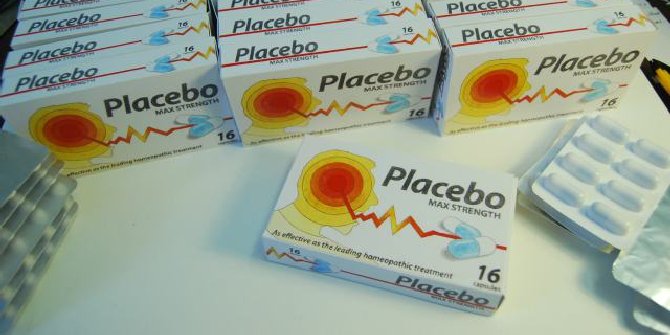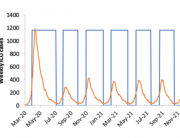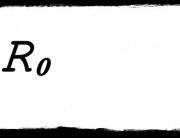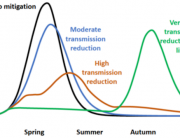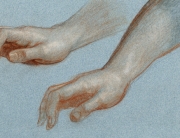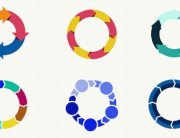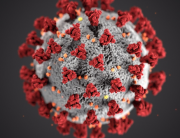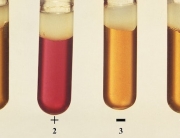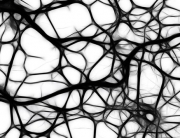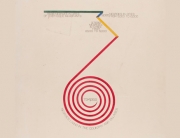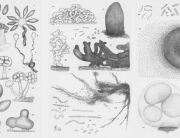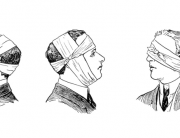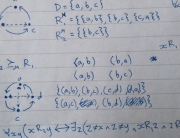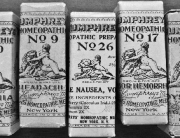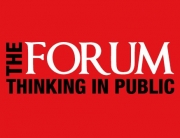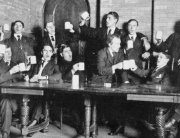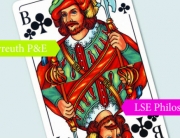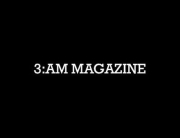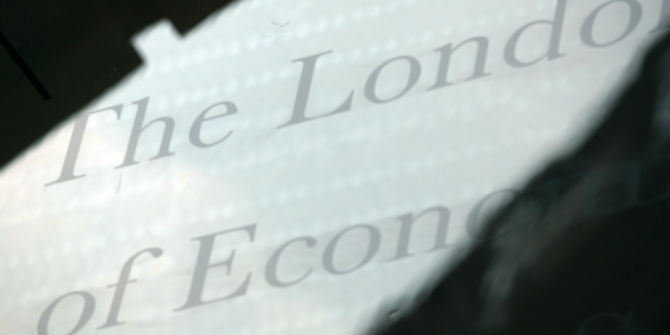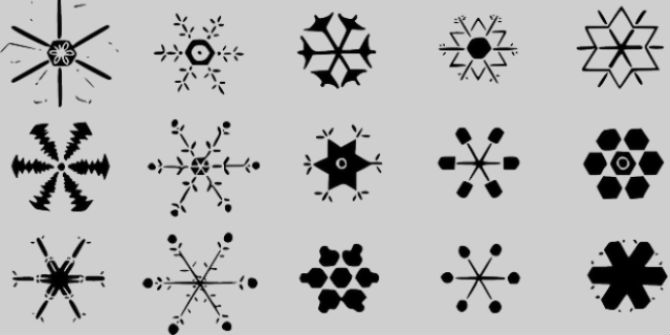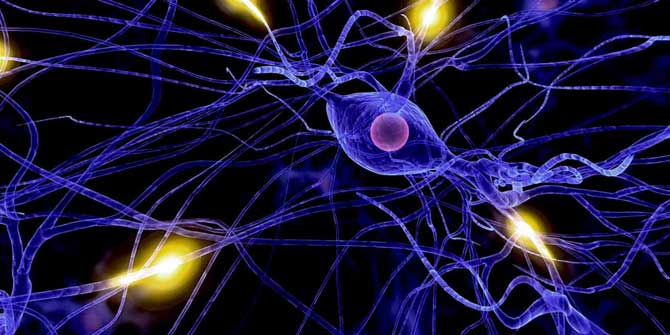What’s so bad about the placebo effect? John Worrall discusses the recent Nurofen labelling “scandal”.
“Exposed: the painkiller labelling scam” shouts The Independent on Tuesday 15 December; and on an inside page “A marketing chimera to target the vulnerable”. The reference is, of course, to the recent ruling in Australia requiring that several Nurofen pain-relief products be withdrawn from the shelves there.
The manufacturers of Nurofen (Reckitt Benckiser) manufacture differently branded products with different packaging: “Nurofen Migraine Pain Relief”, “Nurofen Period Pain Relief”, “Nurofen Back Pain Relief” … And yet each of these allegedly different products contains exactly the same “active ingredient” as plain old Nurofen: 342mg of ibuprofen lysine per tablet! Reckitt even has the temerity to charge double the price for the “specialist” Nurofen products compared to the “identical” plain old Nurofen (which is already 3 or 4 times the cost of generic ibuprofen)! Talk about “target[ting]the vulnerable”.
So right-minded people warmly welcome the Australian decision, don’t they? And demand that the UK authorities (very) quickly follow suit. Good old Aussies – cutting through the bullshit like a hot didgeridoo through Vegemite. Let’s all celebrate a welcome blow for rationality and against Big Pharma.
As those of you who have read my previous blog post might predict: despite being a dyed-in-the-wool evidentialist/rationalist (and, also, being a natural sceptic about all things Big Pharma), I am not so sure.
The fact is that the strongest evidence for the efficacy of the placebo effect is exactly in the area of pain relief – the evidence showing that people’s expectations of relief are a potent causal factor in reducing their pain. As noted in my earlier post, Fabrizio Benedetti’s, “closed/open” studies provide perhaps the most telling results. Randomizing a group of post-operative patients to either the “open” or ‘”closed” arms of trials produces consistent evidence that the “open” patients experience greater pain relief. Here being in the “open” arm means that the patients know when they are being given the analgesic because they are told they are by a doctor who delivers it by injection; being in the “closed” arm means that the analgesic is delivered at times that are unknown to the patient via an intravenous line. (See Benedetti’s Placebo Effects, 2nd edition, OUP, 2014.)
It seems a reasonable extrapolation of Benedetti’s results that if people believe the painkiller they are taking is specifically targeted at the particular type of pain that they are experiencing, then it may have a significantly greater effect than if they believe they are taking a “generic” analgesic. It may be that 342mg of ibuprofen lysine is not the only “active ingredient” in “Nurofen Back Pain Relief” for back pain sufferers; there may also be an extra “active” effect produced by the belief that the treatment is specifically targeted at back pain.
It’s even conceivable that the greater cost of the “targeted” products may make users believe they are more effective for the targeted disorder and hence make them more effective. (Freud apparently insisted that the high price he charged for treatment was a causal factor in making his patients pay more attention and expect better outcomes and hence a causal factor in actually producing better outcomes for them.)
I don’t of course suggest that Reckitt was consciously employing the evidence about the placebo effect in differentially packaging its “specialist” Nurofen products, and in particular in charging double for them compared to regular Nurofen. It seems more likely that it was aiming to turn a fast (or, given that we are talking Big Pharma, even faster) buck. But it is of course a truism that good things can be done for bad reasons.
Interestingly, this means that the publicity surrounding the Australian ruling and the increased awareness of the “identity” between regular and targeted Nurofen may reduce the prevalence of any extra placebo effect. Medicine seems to be the first on the spectrum from “soft” to “hard” science where the phenomenon of “reflexivity” kicks in.
This phenomenon, which is also sometimes discussed under the heading of “self-fulfilling (or self-negating) prophecies”, can be illustrated as follows: if a physicist predicts or believes that an electron, say, will move in a certain way in a given magnetic field, then the electron will not take a blind bit of notice and will move in whichever way it was going to anyway; if, however, a well-respected economist announces that his (empirically well-supported) theory predicts an imminent collapse of the stock market, then this might have the effect of decreasing confidence in the stock market and so bring about the predicted state of affairs, even though it would not have been brought about without that prediction.
The placebo effect is “reflexive”: if a doctor predicts that you will get pain relief from taking this pill even though it is a placebo then you will generally get less pain relief than if he had given you the pill without making that prediction. (So the reflexivity involved is of the “self-negating” rather than “self-fulfilling” kind.)
The reflexivity of the placebo effect generates all sorts of interesting problems – both methodological and ethical. There do seem to be clear ethical problems, for example, about “misleading” patients (as arguably the Reckitt branding was intended to do), even if this does lead to those patients having a better outcome. These ethical problems will be the subject of a later post.
By John Worrall
John Worrall is a Professor in the Department of Philosophy, Logic and Scientific Method at LSE. As well as Evidence-based Medicine, he specialises in the philosophical issues raised by major theory-change in science; and is especially known for his work on structural realism. He is also the founder and lead guitarist of the Department’s house band, The Critique of Pure Rhythm.
John’s previous blog post, “Homeopathy and Evidence-Based Policy”, is available here.
Featured image credit: Darren Cullen / CC BY-NC-SA 2.0


